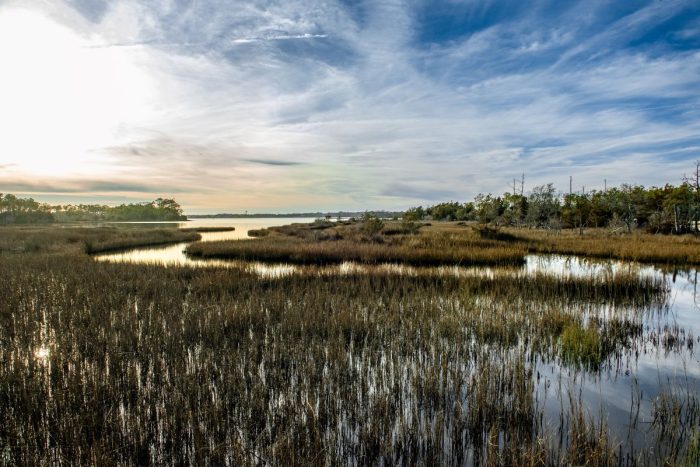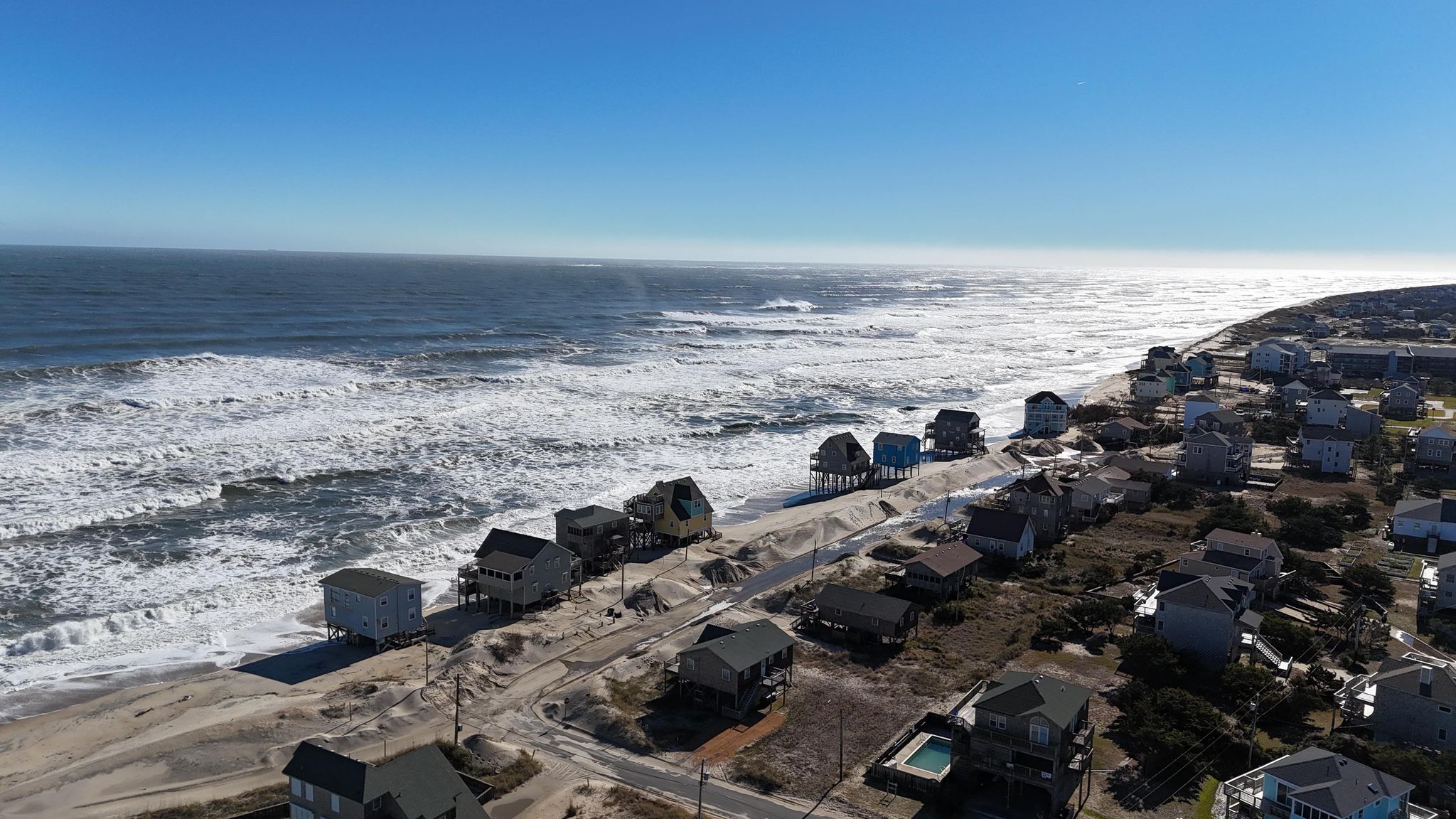New plan details strategy to save, restore NC’s salt marshes

Threats to the state’s 220,000 acres of salt marshes spurred the development of a five-year strategy designed to protect and restore this vegetation that helps protect shorelines from erosion and provides habitat for juvenile seafood to grow.
Released Wednesday, the North Carolina Salt Marsh Action Plan has the overarching goal “to protect, restore, and facilitate the migration of salt marshes in North Carolina to minimize loss of function, benefits, and acreage through 2050 and beyond.”
There are numerous persistent and emerging threats to current and future salt marshes such as incompatible land and water uses, wave energy caused by boat wakes, and, as a result of climate change, more intense and wetter storms and sea level rise. The state plan offers strategies to address these threats, plus ways to promote the plan’s goals and actions, and a five-year monitoring and evaluation strategy to track success.
“Salt Marshes provide numerous benefits to the health and productivity of the coastal environment, economy, and culture. These benefits include essential fish habitats, water quality enhancements, climate change mitigation, and enhanced community and ecosystem resilience through flood and erosion protection,” Coastal Federation Salt Marsh Program Director Jacob Boyd said in a statement. “We can’t afford to lose that through inaction, especially with the ever-increasing impacts from climate change.”
The state plan was developed to implement the regional marsh plan, “Marsh Forward: A Regional Plan for the Future of the South Atlantic Coast’s Million-Acre Salt Marsh Ecosystem” the South Atlantic Salt Marsh Initiative, or SASMI, released in May 2023.
The Pew Charitable Trusts and Southeast Regional Partnership for Planning and Sustainability formed SASMI in 2021. The regional initiative is an effort of more than 350 partners to preserve and enhance the existing million acres of salt marsh between North Carolina and the northern Atlantic coast of Florida. The states are developing implementation plans specific to their needs.
“The development of the NC Salt Marsh Action Plan that builds off the SASMI regional efforts highlights the importance of protecting and restoring salt marshes in North Carolina and the region,” said Sarah Spiegler, North Carolina Sea Grant coastal resilience specialist. “The Plan’s emphasis on partner collaboration is vital to ensure we effectively build more resilient coastal communities and habitats throughout North Carolina.”
There are numerous partners who will contribute to plan implementation as members of the Salt Marsh Steering Committee that the Coastal Federation is leading, including the Albemarle-Pamlico National Estuary Partnership, Audubon North Carolina, Carolina Wetlands Association, Department of Environmental Quality, Duke University, East Carolina University, University of North Carolina Chapel Hill, U.S. Fish and Wildlife Service, Eastern North Carolina Sentinel Landscape and others.
















